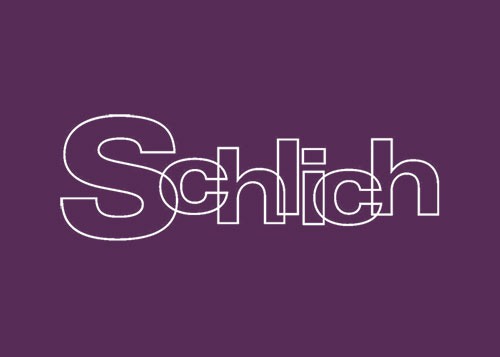C-130/11 NEURIM PHARMACEUTICALS (1991) LTD V COMPTROLLER-GENERAL OF PATENTS
A recent decision by the Courts of Justice of the EU (CJEU) has expanded the scope for granting supplementary protection certificates for patented products. The court’s interpretation of the term ‘product’ in the SPC regulation opens the door for SPCs to be granted to second medical uses of patented active ingredients and inventive formulations of known products for known uses.
An important consideration in the development of a pharmaceutical or other biologically active product is gaining approval from regulators to market the product. The timescales involved in gaining approval can be daunting, particularly when they are compared with the limited lifespan of a patent. The profitability of a particular product is normally underpinned by a single patent with a limited lifespan. Consequently the value and profitability of a patented product is eroded by the time spent gaining regulatory approval. This has the effect of making producing new pharmaceuticals and biologically active agents less profitable and so, less attractive to develop. To offset the losses associated with the time taken to gain regulatory approval for a biologically active product a sui generis IP right was devised: the supplementary protection certificate (SPC). An SPC gives an additional period of monopoly rights for a patented product. The length of additional protection depends on how long was spent gaining regulatory approval for the product. The intention is to encourage the discovery and development of new biologically active products by compensating patent proprietors for the long time needed to obtain regulatory approval for them.
Thus, an application for an SPC must relate to a medicament (human or veterinary) “product” that:
- is protected by a patent;
- has been subject to an administrative authorisation procedure; and
- has not been placed on the market anywhere in the EEA as a medicinal product prior to being subject to safety and efficacy testing and a regulatory review.
These requirements are set out in ECJ cases C-195/09 and C-427/09.
An important constraint on the use of SPCs has been that supplementary protection is only available when the marketing authorisation granted for the product is the first for that product. Thus the interpretation of the breadth of the term ‘product’ is central to the scope of protection provided by an SPC.
Previously the view of the UK courts has been that this means that the use of a previously marketed active ingredient in a new product was not eligible for supplementary protection.
Which brings us to Neurim. This case relates to Neurim’s patented product ‘Circadin’ which contains the active ingredient melatonin and which is used to treat insomnia. The process of gaining marketing authorisation for Circadin took 15 years and therefore Neurim applied for an SPC for it.
However, melatonin had previously been used in the veterinary product ‘Regulin’, which is used to control seasonal breeding in sheep. Consequently, at first instance the application for an SPC was refused because, following the prevailing, broad interpretation of the term ‘product’, Circadin was not the first pharmaceutical to contain melatonin. Consequently, it was not the first pharmaceutical to gain marketing authorisation for that particular ‘product’, i.e. active ingredient, and could not be eligible for an SPC. At the time of the initial decision the case law was settled to the extent that the judge presiding refused the application as being acte clair.
However, Neurim appealed this decision and the Court of Appeal saw a larger legal point to be resolved as they referred a number of questions to the CJEU relating to how broadly the term “product” should be interpreted. At the time of the referral Lord Justice Jacobs noted that, “…if Neurim are wrong, then the Regulation will not have achieved its key objects for large areas of pharmaceutical research: it will not be fit for purpose. Whether that is so or not is clearly a matter for the EU’s highest court”.
The decision of the CJEU was that the term ‘product’ should be interpreted narrowly. Therefore the restriction relating to the term ‘product’ in the context of the SPC regulation applies not to the first marketing authorisation for an active ingredient but to the specific product that had to gain a marketing authorisation. In addition, such a product might contain an active ingredient which had previously received marketing authorisation.
Thus this decision opens the door for a wider range of patented products to be protected beyond the end of the standard period of protection. For example, products relating to additional or ‘second’ medical uses of an active ingredient and inventive formulations of known products for known uses are now eligible for supplementary protection.
Finally, this case is of interest for a reason that stretches beyond patent law. The CJEU recognized that a “fundamental objective” of the SPC Regulation is encouraging pharmaceutical research by ensuring there is sufficient protection for the inventions that flow from that research. Thus, this case demonstrates how the CJEU is willing to interpret Regulations in order to achieve or support the policy objective underlying that Regulation.









